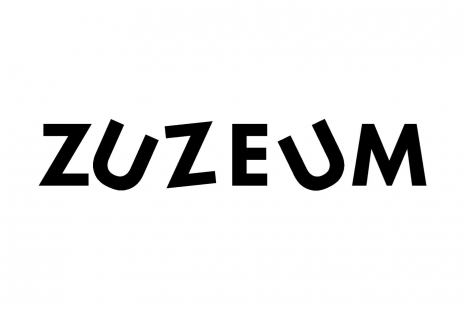Aleksandrs Kramarevs’s Orpheus comprises three symbols that insightfully capture the situation – a harp player, the figure of a woman and the sun. In Greek mythology, Orpheus was a Thracian musician who used his talents to seduce humans, gods and even the forces of nature. The woman depicted beside the harp player is probably Orpheus’s wife Eurydice, while the artist may have selected the sun as it embodies life, eternal movement, unity and wholeness, as if sending wishes to his patron. Kramarevs may have also employed the sun to conceptually realign the tragic fates of Orpheus and Eurydice, which are described by Ovid in the tenth book of his Metamorphoses.
The metal prototype was made in the 1970s, and it is characterized by succinctness and geometry, simplified forms and a high degree of stylization. It reflects influences from modernist painting and modernist architecture driven by the expansion of mass construction projects.
The creator of Orpheus, interior designer Aleksandrs Kramarevs the younger, was born in St. Petersburg on 16 December 1916. For nine years, ending in 1934, he studied at his father’s private art studio in Riga, and he later graduated from the People’s University. Before the Second World War, Kramarevs worked at the M.S. Kuznetsov porcelain, faience and pottery factory and the Riga Ceramics Factory as a porcelain painter. His surviving oeuvre indicates that during the Soviet period he worked as a designer of interiors, display windows and exhibitions.
The Zuzāns Collection acquired a large body of artworks by Aleksandrs Kramarevs and his father in 2020. These include design and interior sketches, studies and figural compositions; photographs and negatives from the family archive, including documentation of completed works; correspondence with notes, dance step notes and sketch albums, documents, awards, membership cards and newspaper clippings; mementos and drawing instruments; and a slide projector with slides depicting masterpieces of global art and architecture.
Works by Aleksandrs Kramarevs and his father have not been studied in the context of Latvian art, and the Zuzāns Collection includes materials of interest to scholars of art, architecture, interior and exhibition design history. The building at Maskavas iela 250 has been renovated to house offices and the original moulding is no longer on display.
The Orpheus prototype is free of charge and can be viewed through the window of the Greenhouse during Zuzeum opening hours. We recommend viewing it during the hours of darkness from 16:00 to 19:00.





